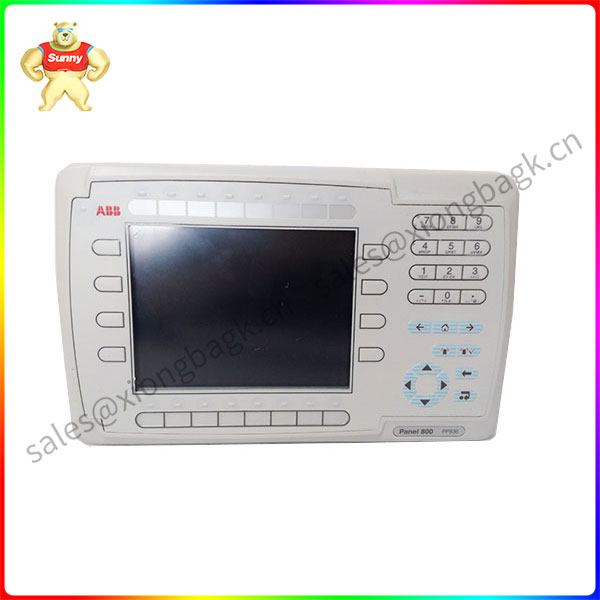On August 7, Ningde Times official micro exposed the preheating poster of the conference, the title of “fast words” bluntly “fast” into the new world “, which makes people wonder whether “fast charge” will be the C position of the conference? In addition, Ningde era also implicitly mentioned that “technology is not to meet the needs of a few people”, which seems to refer to the mainstream public, is Ningde era to do the popularization of fast charging technology?
In a scientific and rigorous attitude, Xiaxiaian analyzed the reports of Ningde era for nearly half a year, and found that Ningde Era has released the information about the fast-charging battery of “charging 400 kilometers in 10 minutes” twice in recent months, and the occasions are also very heavy, respectively, at the Global Automotive technology Development Leaders Summit and the Summer Davos Forum. However, small partners familiar with the Ningde era may know that the Ningde era has released the Kirin 4C fast-charging battery last year, which is also a 10-minute battery life of 400 kilometers.
Since a 4C cannot be pronounced twice, the difference may be in the “material.”
Ningde era may have to do and Kirin material is not the same fast charge battery, then will be sodium ion, M3P or lithium iron phosphate? Whether it is sodium ion, M3P or lithium iron phosphate, there is a significant feature that is lower than ternary lithium cost, more suitable for the mainstream public.
In summary, Xiaobian believes that the new battery may have to popularize the fast charge experience. Dare to guess that the fast charging of new batteries can make the tram comparable to the oil car?

In addition to heavy new products, the purpose of Ningde era’s release of fast charging new batteries at this time is also worth interesting.
Although the specific material of the new battery is not known, but as the first company in the world’s installed capacity for six consecutive years, no matter which material is used, Ningde Times will set off a wave in the rival’s main market.
So is the ticket ready for the second half? Some time ago, Zeng Yuqun gave a judgment: the power battery industry has entered a new stage from “no” to “good”, the second half of the battery industry, Ningde era to think about how to lead the market demand.
Since the turn of the first half to the second half is bluntly pointed out, it is difficult not to suspect that the Ningde era has built a ship ticket to the second half. This can be guessed that the technological innovation contained in this new product will not be an epoch-making innovation. If the Ningde era really threw out the king fried this time, it is telling the entire industry that everyone has to follow the fate of the gear to turn up.
In the face of historic opportunities, why talk about excess advanced production capacity?
Ningde era this big event of the rim, we also guess about seven, eight, eight. If the new product covers a wider range of users, it will accelerate the process of vehicle electrification. The latest data show that as of the first half of this year, the penetration rate of new energy vehicles has exceeded 30%. Continue to climb on this basis, the inflection point of vehicle electrification will come.
But the corresponding outside world may also have some concerns, leading enterprises continue to expand production, which will exacerbate battery overcapacity? According to data, it is expected that by 2025, China needs a power battery capacity of about 1000-1200GWh, and the current industry capacity planning has reached 4800GWh.
Hu Kan Automotive believes that the more fierce the competition, the more need for breakthrough product technology to lead the industry upgrade. Enterprises with leading technology are always advanced production capacity. Power battery track Matthew effect is significant, the so-called excess half is PPT fictitious capacity, half is homogenized backward capacity. On the other hand, the continuous innovation of leading enterprises such as Ningde Times can stimulate the upgrading of the industry, eliminate backward production capacity, and squeeze out excess water.
 中文版
中文版




